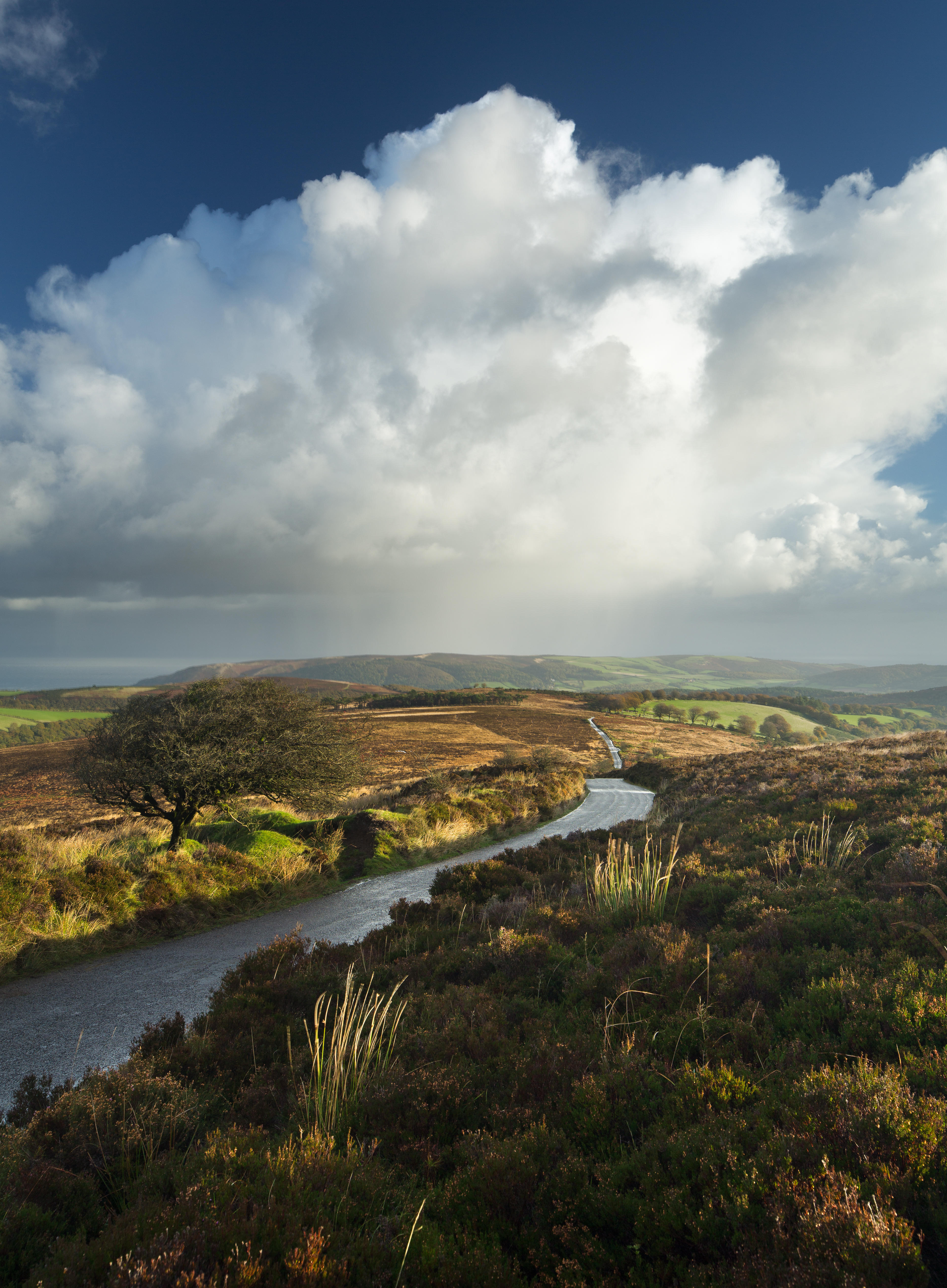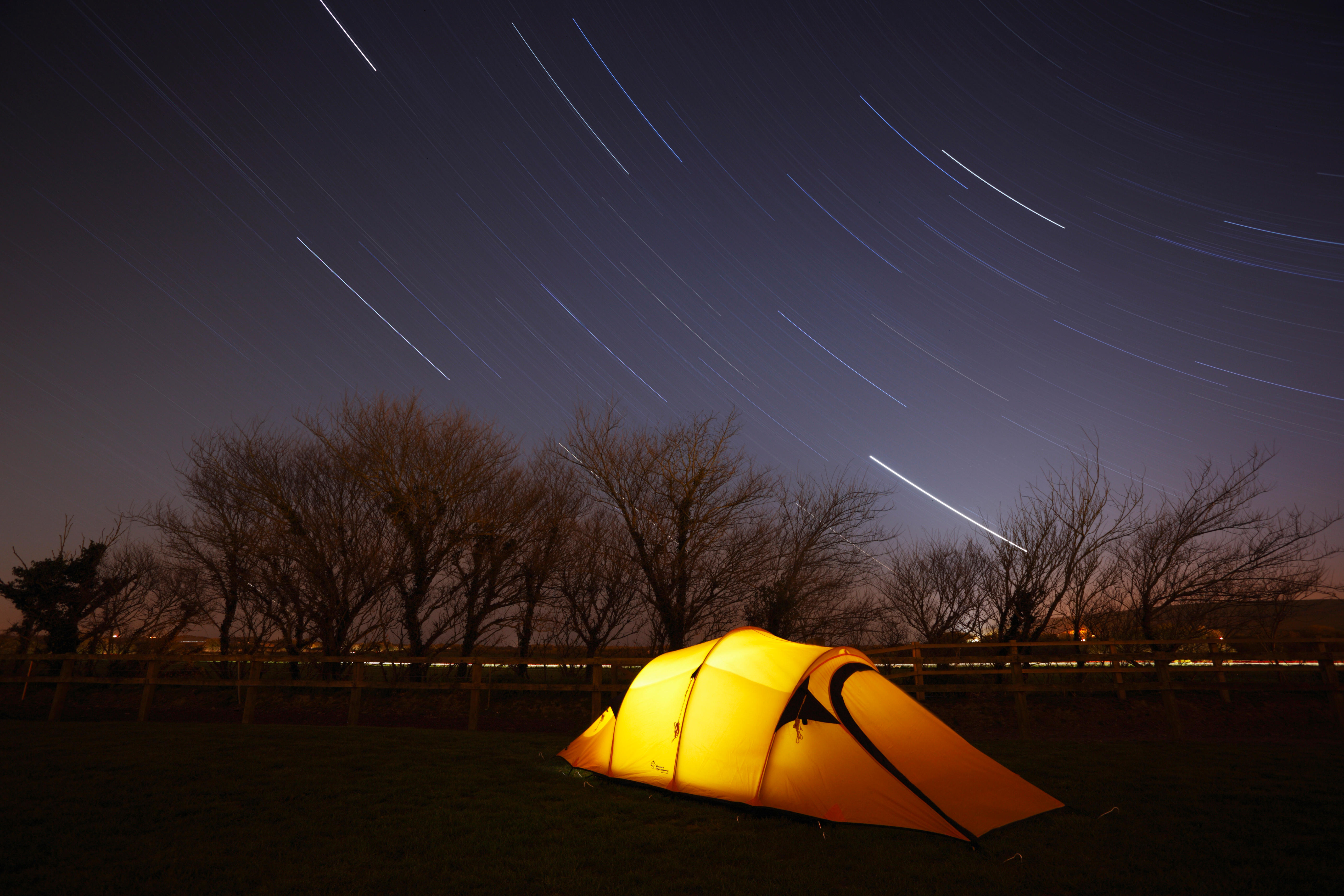The beautiful part of Britain so dismayed at being overlooked that it declared itself an unofficial national park
The South Pennines Park isn't a legally enshrined National Park with a capital-N and a capital-P, but its passionate creators believe that it'll be no worse for all that — and could even show the way forward for protecting our most beautiful areas.


Rejected for National Park status in the 1940s and a subject of discussion in Parliament again in 2019, can-do Northerners have taken matters into their own hands by ‘self-declaring’ the South Pennines Park.
This area of 460 square miles in Lancashire, Greater Manchester and Yorkshire includes the West Pennines and Brontë Country around Haworth, and councils, private-sector bodies and other stakeholders — who have been working together to secure funding for the past 40 years, eventually forming the company Pennine Prospects 15 years ago, which generated £45 million for the area — have come together to create a new vision that will contribute to Government targets to enhance the natural environment, biodiversity, jobs and human engagement.
‘It is an area of stunning scenery; a spectacular ever-evolving landscape that has been moulded and shaped by the people, the packhorses, footsteps of yesteryear; rich in industrial and cultural heritage,’ explains Helen Noble, chief executive of South Pennines Park.
‘There are 660,000 people living within its boundaries and 8 million within half an hour and you’ve got to take parks to people. The need for a park was absolutely clear because the South Pennines Park region needs a champion at national level to fight for it, protect it and seek sustainable investment.’
‘To be clear,’ she continues, ‘we’re not trying to compete with National Parks and AONBs, rather to sit alongside them, to complement and augment. We’re the only upland landscape in England that is not designated — and that’s ok.
‘As we are not bound by legislation — in the same way that regional parks and NP cities aren’t — we’re more adaptable, entrepreneurial and agile when it comes to meeting the challenges of the day, be they climate, wellbeing, wildlife or community related.
'Our designation is people-led and Nature-focused, capable of building the resilience of our landscape and communities through both public and private funding.’
Sign up for the Country Life Newsletter
Exquisite houses, the beauty of Nature, and how to get the most from your life, straight to your inbox.
Organisers believe the park’s novel management approach — with a smaller, high-functioning board, collaborative membership and adaptable business model — will inform the current model for National Parks and AONBs, as supported by the 2019 Glover Report. ‘We hope this blueprint will be rolled out not only nationally but internationally,’ they say.
Visit www.southpenninespark.org for further information.

The 'massive overhaul' needed in National Parks and AONBs to rejuvenate our living, breathing, farming landscape
Seventy years on from the National Parks Act 1949, the Landscapes Review has called for sweeping changes in how our

Country Life Today: Why every child in Britain should have a chance to camp under the stars in our wonderful countryside
A bold new idea plans to show every child in Britain the beauty of our national parks; the Fens are
Annunciata grew up in the wilds of Lancashire and now lives in Hampshire with a husband, two daughters and an awful pug called Parsley. She’s been floating round the Country Life office for more than a decade, her work winning the Property Magazine of the Year Award in 2022 (Property Press Awards). Before that, she had a two-year stint writing ‘all kinds of fiction’ for The Sunday Times Travel Magazine, worked in internal comms for Country Life’s publisher (which has had many names in recent years but was then called IPC Media), and spent another year researching for a historical biographer, whose then primary focus was Graham Greene and John Henry Newman and whose filing system was a collection of wardrobes and chests of drawers filled with torn scraps of paper. During this time, she regularly gave tours of 17th-century Milton Manor, Oxfordshire, which may or may not have been designed by Inigo Jones, and co-founded a literary, art and music festival, at which Johnny Flynn headlined. When not writing and editing for Country Life, Annunciata is also a director of TIN MAN ART, a contemporary art gallery founded in 2021 by her husband, James Elwes.
-
 'Monolithic, multi-layered and quite, quite magnificent. This was love at first bite': Tom Parker Bowles on his lifelong love affair with lasagne
'Monolithic, multi-layered and quite, quite magnificent. This was love at first bite': Tom Parker Bowles on his lifelong love affair with lasagneAn upwardly mobile spaghetti Bolognese, lasagne al forno, with oozing béchamel and layered meaty magnificence, is a bona fide comfort classic, declares Tom Parker Bowles.
By Tom Parker Bowles
-
 Country houses, cream teas and Baywatch: Country Life Quiz of the Day, April 24, 2025
Country houses, cream teas and Baywatch: Country Life Quiz of the Day, April 24, 2025Thursday's Quiz of the Day asks exactly how popular Baywatch became.
By Toby Keel